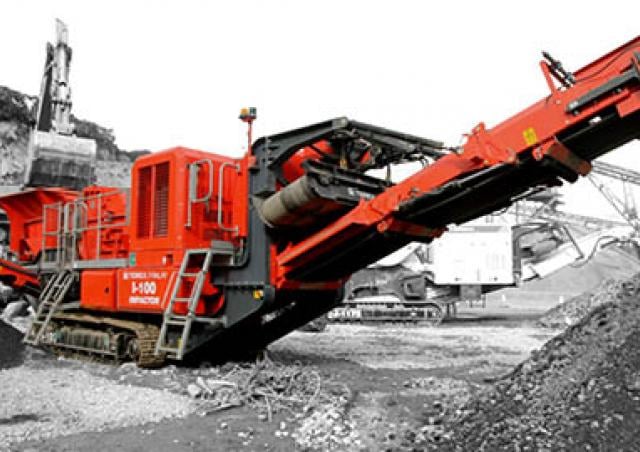What comes to mind when you hear the word “what is aggregate?” If you’re like most people, it’s probably a mental image of dusty gravel pits or mounds of sand at a construction site. But hold on – the realm of aggregate is far more vibrant, versatile, and downright intriguing than you might imagine.
More Than Meets the Eye: A Closer Look at Aggregate’s Diversity
At its core, aggregate is simply a collection of granular material used in construction. But that definition barely scratches the surface of its incredible diversity. These unassuming particles are the backbone of our built environment, contributing to everything from the roads we drive on to the skyscrapers that pierce the sky.
Let’s break down the key players in this gritty cast of characters:
- Natural Aggregate: This is where it all begins. Mother Nature provides us with a treasure trove of options:
- Gravel: The rugged, chunky elder statesman of aggregate, often found in road bases and concrete mixes.
- Sand: Its finer grains lend themselves to mortars, plasters, and the occasional sandcastle.
- Crushed Stone: Born from the crushing of larger rocks, this versatile material finds its way into everything from asphalt to railway ballast.
- Recycled Concrete: A sustainable superstar, this is crushed concrete given a second life in new construction projects.
- Manufactured Aggregate: Here, human ingenuity steps in to create specialized aggregates:
- Expanded Clay Aggregate: Lightweight and porous, this material excels at insulation and drainage.
- Slag: A byproduct of metal production, slag is surprisingly useful in road construction and as a partial cement replacement.
- Expanded Shale Aggregate: Created by heating shale rock, this lightweight option is perfect for reducing the weight of concrete structures.
Aggregate’s Starring Roles: More Than Just Filler
Aggregate isn’t just about filling space; it plays a crucial part in ensuring the safety, stability, and longevity of the structures we rely on. Consider these diverse applications:
- Concrete’s Best Friend: Aggregate makes up the bulk of concrete, providing the strength and durability needed to withstand the test of time.
- Paving the Way: Different aggregate sizes are carefully layered in roads to ensure proper drainage and prevent potholes.
- Smooth Sailing with Asphalt: Combined with bitumen (a sticky petroleum product), aggregate creates the smooth, resilient surfaces of our roads and parking lots.
- Landscaping Artistry: Decorative aggregates like pea gravel and river rock add texture and visual interest to gardens and outdoor spaces.
The Aggregate Paradox: Environmental Challenges and Sustainable Solutions
The extraction and processing of aggregate can leave a significant ecological footprint. But the industry isn’t standing still. Innovative solutions are emerging:
- Quarrying with Care: Responsible operators are adopting practices that minimize habitat disruption and land disturbance.
- Closing the Loop with Recycling: By reusing existing materials, we reduce the demand for new aggregate and conserve valuable resources.
- Transportation Optimization: Strategic planning can reduce transportation distances, lowering carbon emissions and fuel consumption.
Aggregate’s Next Chapter: A Future of Innovation
As technology advances, so does the world of aggregate. Researchers are exploring exciting possibilities:
- Smarter Materials: Aggregates embedded with sensors could monitor the health of bridges and other structures, alerting us to potential problems before they become disasters.
- 3D-Printed Structures: Imagine buildings constructed using 3D printers that deposit layers of concrete infused with specialized aggregates.
The humble aggregate, it turns out, is anything but ordinary. It’s a hidden hero, silently shaping our world and paving the way for a more sustainable future.

